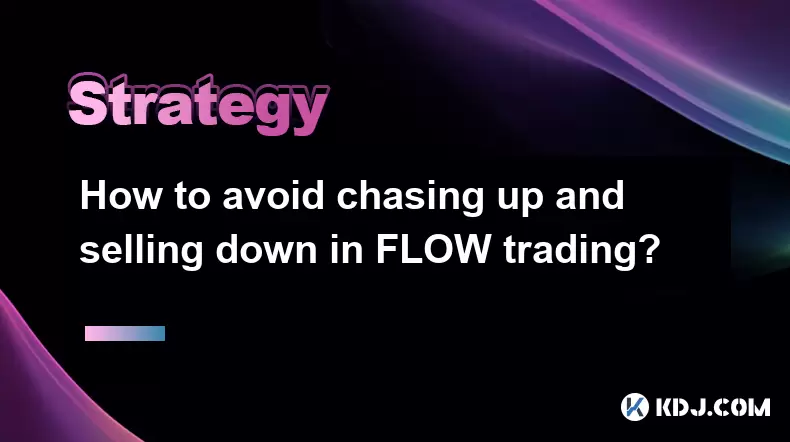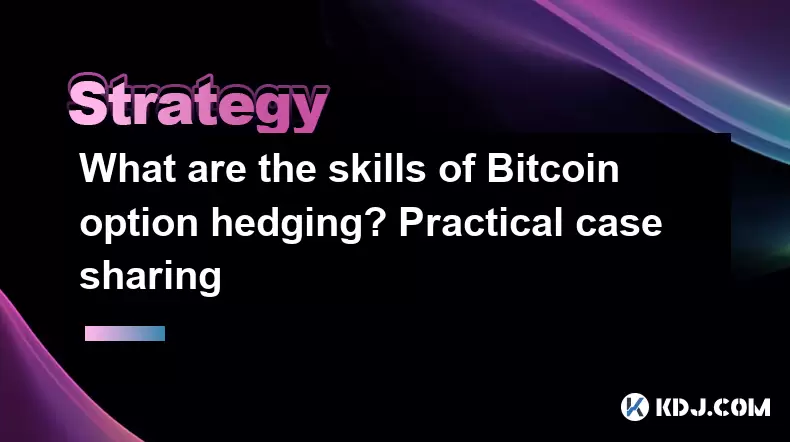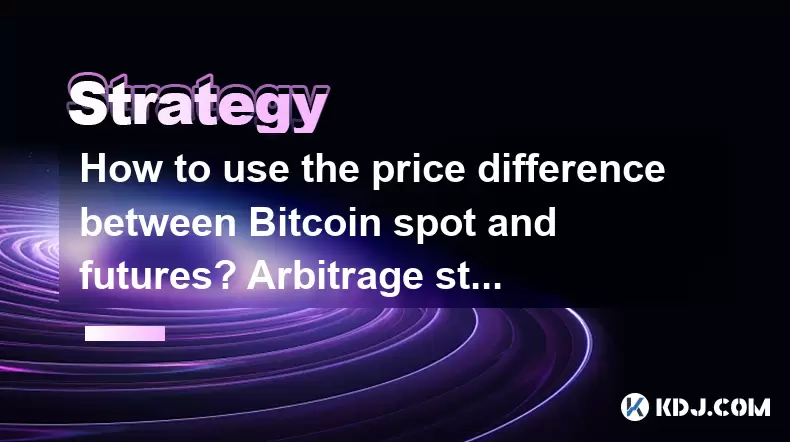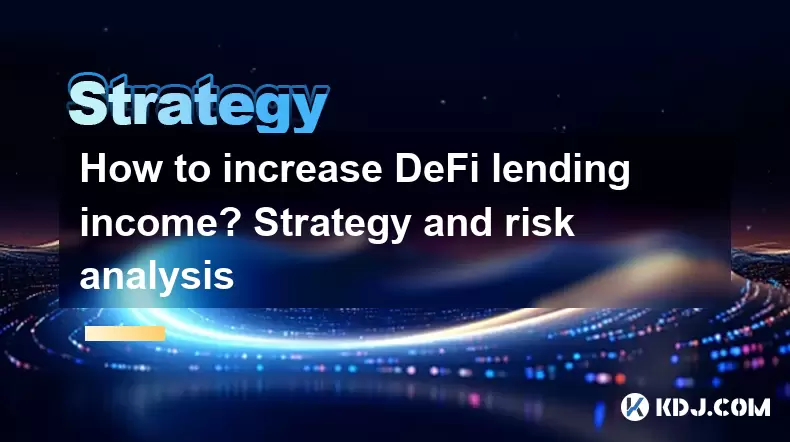-
 Bitcoin
Bitcoin $108,165.4587
0.78% -
 Ethereum
Ethereum $2,456.3517
1.15% -
 Tether USDt
Tether USDt $1.0003
0.00% -
 XRP
XRP $2.1934
0.05% -
 BNB
BNB $650.0935
0.52% -
 Solana
Solana $151.3905
2.69% -
 USDC
USDC $0.9998
0.00% -
 TRON
TRON $0.2751
-0.32% -
 Dogecoin
Dogecoin $0.1640
0.87% -
 Cardano
Cardano $0.5631
0.57% -
 Hyperliquid
Hyperliquid $38.7115
4.69% -
 Bitcoin Cash
Bitcoin Cash $493.1868
-0.39% -
 Sui
Sui $2.8217
3.61% -
 Chainlink
Chainlink $13.3994
2.08% -
 UNUS SED LEO
UNUS SED LEO $9.1632
0.94% -
 Avalanche
Avalanche $18.0318
1.97% -
 Stellar
Stellar $0.2388
0.35% -
 Toncoin
Toncoin $2.8763
1.41% -
 Shiba Inu
Shiba Inu $0.0...01160
1.59% -
 Litecoin
Litecoin $86.6393
1.29% -
 Hedera
Hedera $0.1485
0.16% -
 Monero
Monero $315.7948
1.56% -
 Polkadot
Polkadot $3.4240
1.88% -
 Bitget Token
Bitget Token $4.6314
-0.44% -
 Dai
Dai $0.9998
-0.01% -
 Ethena USDe
Ethena USDe $1.0002
-0.01% -
 Uniswap
Uniswap $7.2110
2.59% -
 Aave
Aave $270.6087
6.07% -
 Pi
Pi $0.5350
0.52% -
 Pepe
Pepe $0.0...09545
1.26%
How to avoid chasing up and selling down in FLOW trading?
Avoid chasing up and selling down with FLOW by setting clear goals, using technical analysis, maintaining discipline, and employing dollar-cost averaging.
May 07, 2025 at 09:35 pm

Trading in the cryptocurrency market, particularly with tokens like FLOW, can be an exhilarating yet challenging endeavor. One of the most common pitfalls traders encounter is the tendency to chase up and sell down, which can lead to significant financial losses. In this article, we will explore strategies to avoid these mistakes and enhance your trading performance with FLOW.
Understanding Chasing Up and Selling Down
Chasing up refers to the practice of buying a cryptocurrency after it has already experienced a significant price increase. This often happens when traders see a token like FLOW rising rapidly and decide to jump on the bandwagon, hoping to catch the tail end of the upward trend. However, this can lead to buying at the peak, just before a potential downturn.
On the other hand, selling down involves selling a cryptocurrency after it has already experienced a significant price decrease. Traders might panic and sell their FLOW holdings when they see the price dropping, fearing further losses. This often results in selling at the bottom, missing out on potential rebounds.
Setting Clear Trading Goals and Strategies
To avoid chasing up and selling down, it is crucial to set clear trading goals and strategies. Before entering any trade, define your entry and exit points based on thorough research and analysis. For FLOW, this might involve studying its historical price movements, understanding its market sentiment, and identifying key support and resistance levels.
- Determine your risk tolerance: Know how much you are willing to lose on a single trade.
- Set profit targets: Decide at what price you will take profits.
- Establish stop-loss orders: Use stop-loss orders to limit potential losses.
By having these elements in place, you can make more rational decisions and avoid the emotional reactions that lead to chasing up and selling down.
Utilizing Technical Analysis
Technical analysis is a powerful tool that can help you make more informed trading decisions with FLOW. By analyzing price charts and using various indicators, you can identify trends and potential reversal points, reducing the likelihood of chasing up and selling down.
- Moving Averages: Use moving averages to identify the overall trend. For example, if the 50-day moving average is above the 200-day moving average, it indicates a bullish trend, which might suggest waiting for a dip before buying FLOW.
- Relative Strength Index (RSI): The RSI can help you identify overbought or oversold conditions. If FLOW's RSI is above 70, it might be overbought, suggesting a potential sell opportunity. Conversely, an RSI below 30 might indicate an oversold condition, presenting a buying opportunity.
- Support and Resistance Levels: Identify key support and resistance levels on FLOW's price chart. Buying near support levels and selling near resistance levels can help you avoid chasing up and selling down.
Implementing a Disciplined Trading Approach
Discipline is key to avoiding the pitfalls of chasing up and selling down. This involves sticking to your trading plan and not letting emotions dictate your actions. Here are some tips to maintain discipline while trading FLOW:
- Stick to your trading plan: Do not deviate from your predefined entry and exit points.
- Avoid FOMO (Fear Of Missing Out): Do not buy FLOW just because others are doing so. Stick to your analysis and strategy.
- Take breaks: If you find yourself becoming emotional, take a break from trading to clear your mind.
Using Dollar-Cost Averaging
Dollar-cost averaging (DCA) is a strategy that can help you avoid the pitfalls of chasing up and selling down. Instead of investing a lump sum in FLOW at a single point in time, DCA involves spreading your investment over regular intervals. This approach can help you buy FLOW at different price points, reducing the risk of buying at the peak.
- Determine your investment amount: Decide how much you want to invest in FLOW over a certain period.
- Set a schedule: Choose regular intervals (e.g., weekly or monthly) to purchase FLOW.
- Automate your investments: Use a trading platform that allows you to set up automatic purchases of FLOW at your chosen intervals.
By using DCA, you can mitigate the impact of short-term price fluctuations and avoid the temptation to chase up and sell down.
Monitoring Market Sentiment
Market sentiment plays a significant role in the price movements of cryptocurrencies like FLOW. By monitoring market sentiment, you can gain insights into potential price movements and make more informed trading decisions.
- Follow social media and forums: Platforms like Twitter, Reddit, and specialized cryptocurrency forums can provide valuable insights into the sentiment surrounding FLOW.
- Use sentiment analysis tools: There are tools available that analyze social media and news to gauge the overall sentiment towards FLOW.
- Stay updated with news: Keep an eye on news related to FLOW, as positive or negative developments can significantly impact its price.
By understanding market sentiment, you can better anticipate potential price movements and avoid the mistakes of chasing up and selling down.
FAQs
Q: Can using stop-loss orders guarantee that I won't sell down?
A: Stop-loss orders can help limit your losses by automatically selling your FLOW holdings when the price reaches a certain level. However, they do not guarantee that you won't sell at a low point, as the market can gap down, triggering your stop-loss at a lower price than expected. It's important to set your stop-loss orders thoughtfully and consider the volatility of FLOW.
Q: How often should I review my trading strategy for FLOW?
A: It's advisable to review your trading strategy regularly, at least once a month, to ensure it aligns with current market conditions and your financial goals. However, significant changes in FLOW's market environment or your personal circumstances may warrant more frequent reviews.
Q: Is it possible to completely avoid chasing up and selling down?
A: While it's challenging to completely avoid these behaviors, implementing the strategies discussed in this article can significantly reduce their occurrence. It requires discipline, continuous learning, and adapting to market changes.
Q: Can I use these strategies for other cryptocurrencies besides FLOW?
A: Yes, the strategies outlined in this article can be applied to trading other cryptocurrencies. However, each cryptocurrency may have unique characteristics and market dynamics, so it's important to tailor your approach accordingly.
Disclaimer:info@kdj.com
The information provided is not trading advice. kdj.com does not assume any responsibility for any investments made based on the information provided in this article. Cryptocurrencies are highly volatile and it is highly recommended that you invest with caution after thorough research!
If you believe that the content used on this website infringes your copyright, please contact us immediately (info@kdj.com) and we will delete it promptly.
- Do Kwon, Terra (LUNA), Developments: What's the Latest?
- 2025-06-30 04:30:12
- MAGACOIN vs. Dogecoin: Riding the Crypto Growth Wave in 2025
- 2025-06-30 04:30:12
- Dogecoin, Ruvi AI, and Gains: A New Era of Crypto Opportunities?
- 2025-06-30 04:50:12
- Crypto Market Weekly Winners: PENGU and SEI Shine Amidst Volatility
- 2025-06-30 04:57:13
- Altcoin Season, Bitcoin Dominance, and the 2025 Outlook: Will XRP and Cardano Lead the Charge?
- 2025-06-30 04:36:44
- Token Unlocks and Altcoins: Navigating the Massive Release Landscape
- 2025-06-30 04:40:13
Related knowledge

What are the skills of Bitcoin option hedging? Practical case sharing
Jun 24,2025 at 04:01pm
Understanding Bitcoin Option HedgingBitcoin option hedging is a risk management strategy used by traders and investors to protect their positions in the volatile cryptocurrency market. By using options, individuals can limit potential losses while retaining the opportunity for profit. In essence, it allows one to insulate against adverse price movements...

How to use the price difference between Bitcoin spot and futures? Arbitrage strategy
Jun 20,2025 at 02:56pm
Understanding Bitcoin Spot and Futures MarketsTo effectively leverage arbitrage opportunities between Bitcoin spot and futures markets, it's essential to understand the fundamental differences between these two types of markets. The spot market refers to the direct buying and selling of Bitcoin for immediate delivery at the current market price. In cont...

How to increase DeFi lending income? Strategy and risk analysis
Jun 24,2025 at 02:08pm
Understanding DeFi Lending and Its Income PotentialDeFi (Decentralized Finance) lending has emerged as a popular way to earn passive income in the cryptocurrency space. Unlike traditional banking systems, DeFi lending platforms allow users to lend their crypto assets directly to borrowers without intermediaries. The lenders earn interest based on the su...

How to operate cryptocurrency cross-market arbitrage? Practical analysis
Jun 23,2025 at 04:01am
Understanding Cryptocurrency Cross-Market ArbitrageCryptocurrency cross-market arbitrage involves taking advantage of price differences for the same digital asset across different exchanges. The core idea is to buy low on one exchange and sell high on another, capturing the profit from the discrepancy. This strategy relies heavily on real-time market da...

How to make profits from high-frequency cryptocurrency trading? Sharing core skills
Jun 19,2025 at 05:07pm
Understanding High-Frequency Cryptocurrency TradingHigh-frequency trading (HFT) in the cryptocurrency market involves executing a large number of trades at extremely fast speeds, often within milliseconds. This method relies on small price discrepancies across exchanges or within a single exchange’s order book. Traders use complex algorithms and ultra-l...

What are the methods of cryptocurrency quantitative trading? Detailed analysis
Jun 22,2025 at 11:07pm
Understanding the Core of Cryptocurrency Quantitative TradingCryptocurrency quantitative trading refers to the use of mathematical models and algorithms to execute trades in the digital asset market. Unlike traditional discretionary trading, which relies heavily on human judgment, quantitative trading leverages data-driven strategies to identify profita...

What are the skills of Bitcoin option hedging? Practical case sharing
Jun 24,2025 at 04:01pm
Understanding Bitcoin Option HedgingBitcoin option hedging is a risk management strategy used by traders and investors to protect their positions in the volatile cryptocurrency market. By using options, individuals can limit potential losses while retaining the opportunity for profit. In essence, it allows one to insulate against adverse price movements...

How to use the price difference between Bitcoin spot and futures? Arbitrage strategy
Jun 20,2025 at 02:56pm
Understanding Bitcoin Spot and Futures MarketsTo effectively leverage arbitrage opportunities between Bitcoin spot and futures markets, it's essential to understand the fundamental differences between these two types of markets. The spot market refers to the direct buying and selling of Bitcoin for immediate delivery at the current market price. In cont...

How to increase DeFi lending income? Strategy and risk analysis
Jun 24,2025 at 02:08pm
Understanding DeFi Lending and Its Income PotentialDeFi (Decentralized Finance) lending has emerged as a popular way to earn passive income in the cryptocurrency space. Unlike traditional banking systems, DeFi lending platforms allow users to lend their crypto assets directly to borrowers without intermediaries. The lenders earn interest based on the su...

How to operate cryptocurrency cross-market arbitrage? Practical analysis
Jun 23,2025 at 04:01am
Understanding Cryptocurrency Cross-Market ArbitrageCryptocurrency cross-market arbitrage involves taking advantage of price differences for the same digital asset across different exchanges. The core idea is to buy low on one exchange and sell high on another, capturing the profit from the discrepancy. This strategy relies heavily on real-time market da...

How to make profits from high-frequency cryptocurrency trading? Sharing core skills
Jun 19,2025 at 05:07pm
Understanding High-Frequency Cryptocurrency TradingHigh-frequency trading (HFT) in the cryptocurrency market involves executing a large number of trades at extremely fast speeds, often within milliseconds. This method relies on small price discrepancies across exchanges or within a single exchange’s order book. Traders use complex algorithms and ultra-l...

What are the methods of cryptocurrency quantitative trading? Detailed analysis
Jun 22,2025 at 11:07pm
Understanding the Core of Cryptocurrency Quantitative TradingCryptocurrency quantitative trading refers to the use of mathematical models and algorithms to execute trades in the digital asset market. Unlike traditional discretionary trading, which relies heavily on human judgment, quantitative trading leverages data-driven strategies to identify profita...
See all articles

























































































